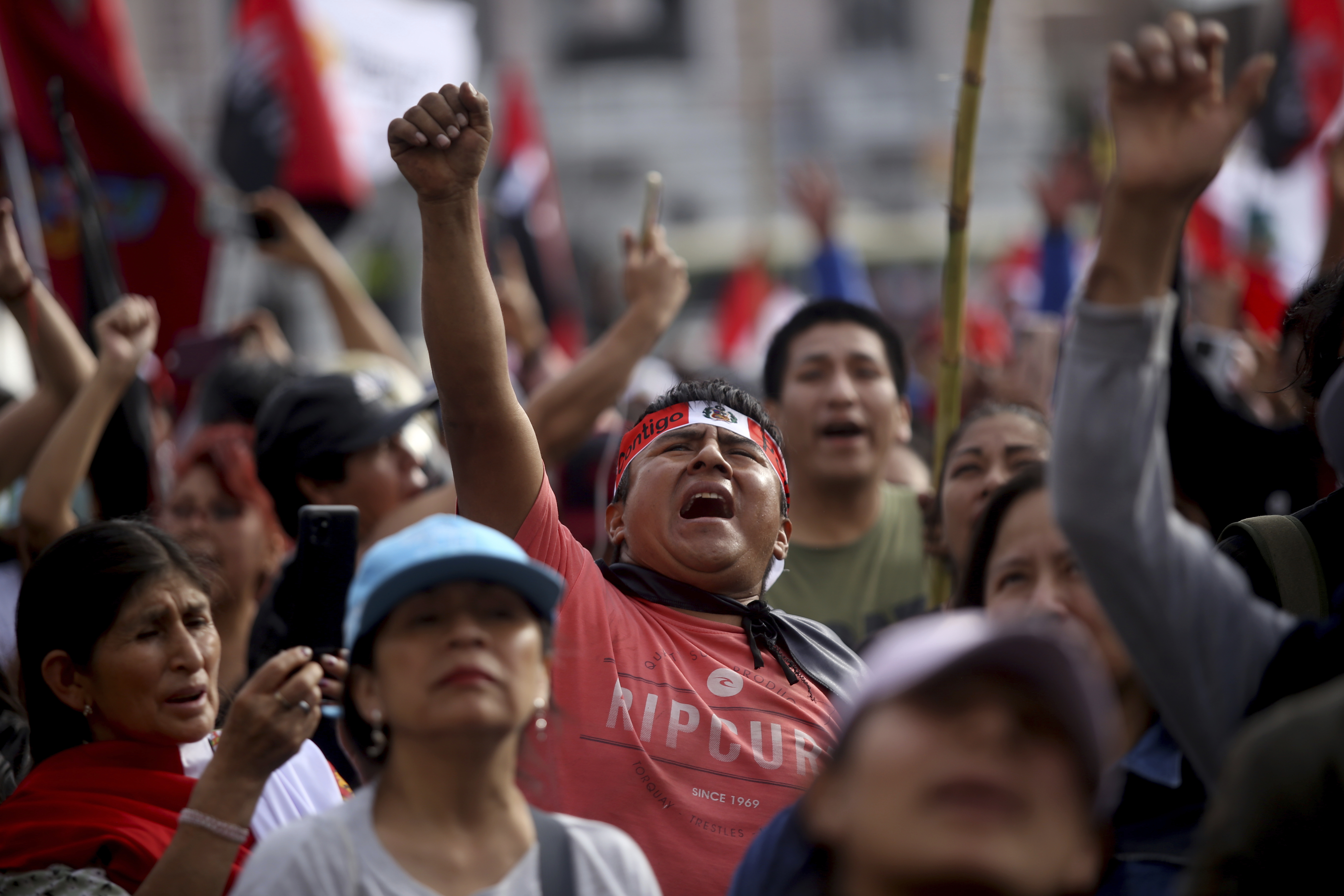Weekly Chart: Colombia's No Vote by the Numbers
Weekly Chart: Colombia's No Vote by the Numbers
A look at how everything from rains to turnout factored into the unexpected rejection of the peace deal between the government and the FARC.
On October 2, Colombian voters blindsided the international community, the polls, and even themselves when they voted No against the recently signed peace deal between the government and the Revolutionary Armed Forces of Colombia. In its wake, analysts hurried to explain reasons that contributed to the vote against peace, citing everything from more effective (and at times inaccurate) propaganda from the No side, to President Juan Manuel Santos’ deep unpopularity among voters, and even a divisive issue of sexual education in schools that came up this summer and galvanized conservative voters.
Santos, who'd staked his legacy on this deal to end more than half-century-old armed civil conflict, would have been a contender for the Nobel Peace Prize had it passed. Instead, he finds himself bringing his predecessor-turned-rival Álvaro Uribe, now a senator and leader of the No campaign, to the table in an attempt to salvage the deal in whole or in part. The vote was a referendum on the deal between the executive branch and the rebels, but the legislature can pick up the matter. A countdown is already underway: Santos announced on October 4 that the bilateral ceasefire currently in effect between the government and the rebels will expire on October 31.
Below, we look at numbers that might explain, at least in part, the unexpected No victory.









